DPF (Diesel particulate filter) - Part 1
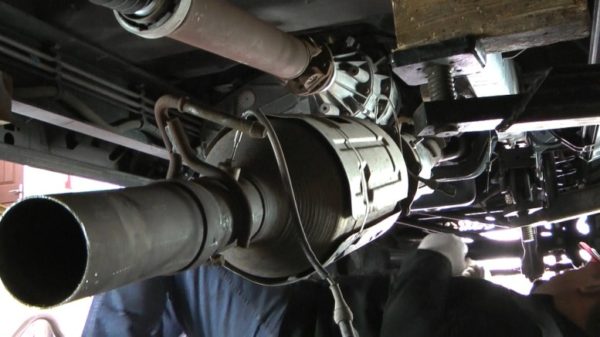
Particulate filter DPF (Diesel particulate filter)
What is DPF / FAP (soot particle filter) and how does it work?
Soot particle filter, in English DPF (diesel particulate filter), in French FAP (filtre á particules) is a device built into the exhaust system of a diesel engine, whose task is to remove solid particles and soot from exhaust gases, which go into the atmosphere and pollute the environment. The particles are deposited in the form of soot, which is formed by combustion in a diesel engine.
DPF stops most of the soot that would otherwise travel through the exhaust system and out into the atmosphere.
It can retain a certain amount of soot, but not a large amount, and therefore has to go through a process called ‘regeneration’ to clean the soot deposits inside the filter. When the soot goes through the regeneration process, it turns into a much smaller amount of ash, which cannot be removed. There are two types of regeneration - passive and active.
PASSIVE REGENERATION - is performed during long trips on the open road, without the intervention of the engine control unit (ECU). Due to the high exhaust temperature (350 to 500 ° C), the process is slowly and continuously carried out within the DPF, the cores of which are coated with a catalytic platinum layer. The catalytic-coated DPF is located close to the engine and the exhaust temperature is high enough (500 ° C) to allow soot particles to ignite. As a result, the soot is burned and converted to less ash.
ACTIVE REGENERATION - is a process that is performed on the intervention ECUwhen the calculated soot deposition within the DPF reaches 45 percent. The procedure takes five to ten minutes. ECU takes measures to raise the exhaust gas temperature above 600 ° C - excludes exhaust gas recirculation and increases the injection time, which includes a short injection after the main injection. Fuel consumption increases for a short time, which is also shown on the trip computer. This speeds up and improves the combustion of soot particles.
If the driver abruptly reduces the power during active regeneration (slows down, stops…), the process is interrupted and continues when conditions are created, ie the speed exceeds 60 km / h. The process takes 15 minutes. If after two 15-minute attempts, successful regeneration is not possible, soot deposition will increase. At 50 percent soot, ECU will continue to maintain maximum exhaust temperatures at 600 ° C to 650 ° C to encourage the regeneration process. The system will attempt to start the regeneration process for 15 minutes. If the process does not complete successfully, the system will repeat the process for the third time for the next 15 minutes. If the process is still unsuccessful, the DPF indicator light on the instrument panel will illuminate.
IMPORTANT:
- the DPF signal light comes on, as a warning that the soot particle filter is filled with soot due to frequent short-distance driving.
- when the tell-tale is on, the driver should drive at a constant speed of at least 60 km / h for at least 10 minutes in order for the soot in the filter to burn.
- if the DPF lamp does not go out afterwards, the driver should contact the vehicle service to correct the fault.
- at 55 percent charge, the DPF indicator light on the instrument panel illuminates. Then the party should follow the protocol in the instructions for use of the vehicle.
- if the ignition is ignored and continued to run without a successful regeneration, the filter charge will increase from 55 to 75 percent and additional signal lights will come on.
- the vehicle continues to use up to 75% of the soot particle filter charge without successful regeneration, additional signal lamps will illuminate. At that point, the party will complain about the loss of power of the vehicle…
- when the DPF filter charge exceeds 75 percent, a drop in engine power begins to be felt. Regeneration is still possible, but with the use of a diagnostic device….
- when the charge exceeds 95 percent, the entire DPF filter assembly needs to be replaced…
Retrieved from: autoportal.hr
Recommendation of similar texts:

Hi there, I am Mladen and I am an auto enthusiast. I started this blog years ago to help like minded people share information about latest cars, car servicing ideas, used car info, exotic cars, and auto technology. You will find helpful articles and videos on a wide variety of cars - Audi, Mercedes, Toyota, Porsche, Volvo, BMW and much more. Ping us if you have anything cool to share on latest cars or on how to make older cars more efficient, or just want to say hi!

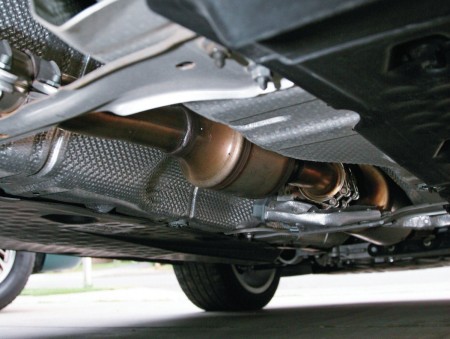
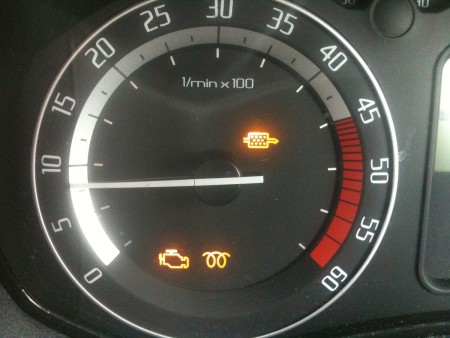
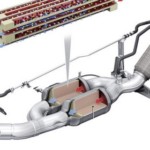
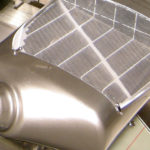
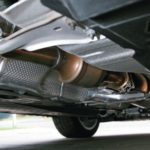


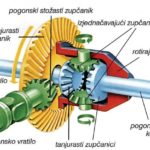
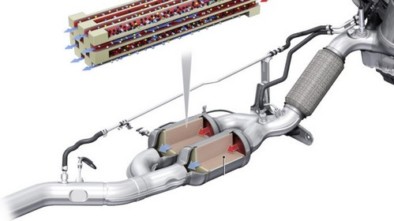
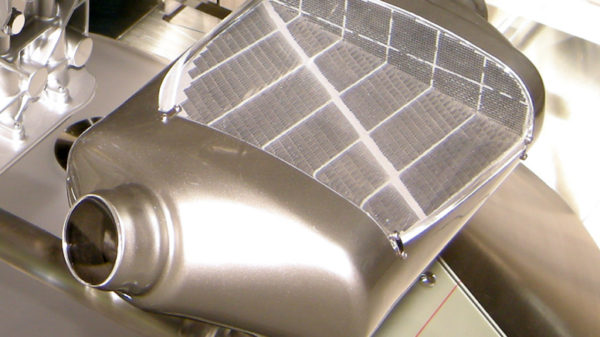
good day I would like to ask a question I bought an Alfa 159 in 2006 JTDM 1.9V I am very satisfied with the engine is in excellent condition I bought the car about 8 months ago sad now from a couple of days ago I noticed when I start the car sound and engine operation is not the same as it was now when I turn it on the work of the engine is very strange to me I hear it work differently while it works I have the impression that it hits something tak.tak.tak.tak. so something is currently working now i'm wondering if it's normal and what is it if i can know thanks in advance